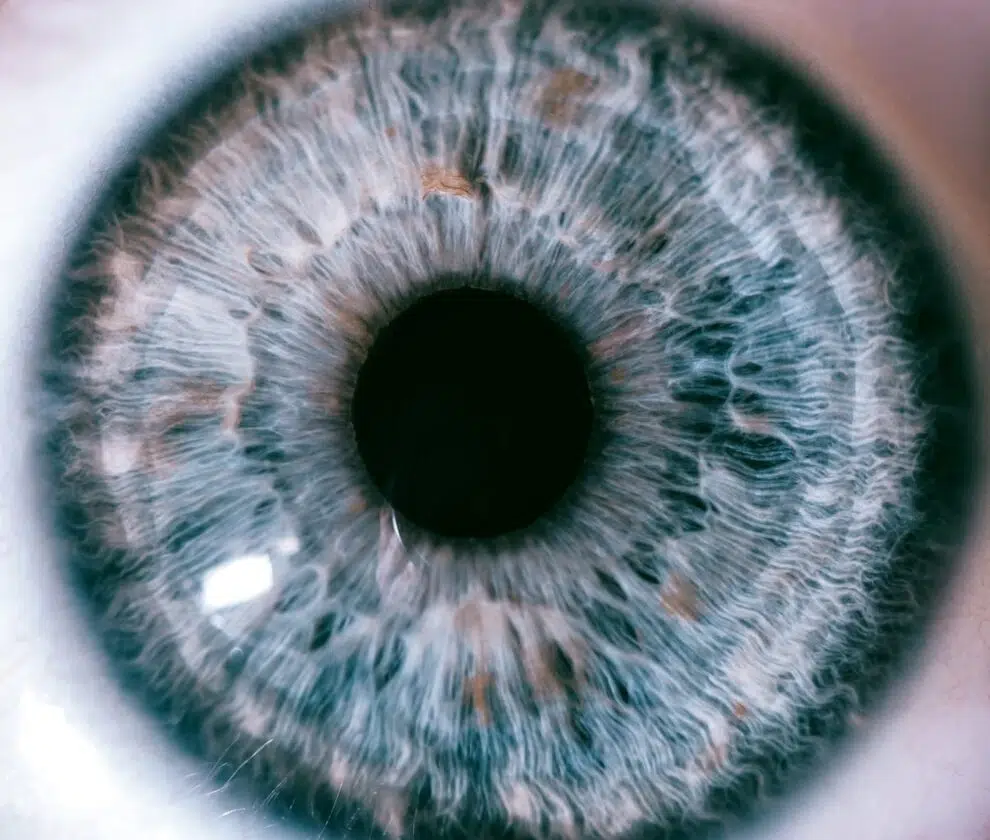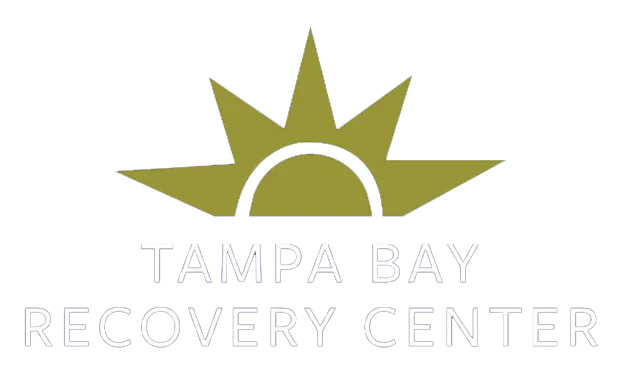Everyone knows that cocaine abuse can cause physical damage but they may not know the extent to which this can happen. When a coke addiction becomes long-term, the person is at risk of developing what’s called “cocaine eyes”. What are cocaine eyes? We explore this question and how someone can recognize when their vision may be at risk. Tampa Bay Recovery understands the damage that happens when someone becomes addicted to cocaine. We offer outpatient detox and other levels of treatment to help people stop using this dangerous drug and begin living a sober life.
What are Cocaine Eyes?
When someone is under the influence of a narcotic, it can show up in how their eyes look. The answer to the question, “What are cocaine eyes?” is complicated because of the number of ways cocaine usage can show up in a person’s eyes. When someone uses cocaine, which is a stimulant drug, it causes the brain to release chemicals and endorphins in high amounts. In turn, this causes the eyes to dilate and the pupils to appear bigger. When the pupils dilate, the person becomes sensitive to light. They may squint, avoid bright lighting, or wear sunglasses a lot. In addition, many people under the influence of cocaine may have red or bloodshot eyes. This is because the use of the drug causes the blood vessels in the eyes to expand.
How Does Cocaine Affect the Eyes?
It can be easy for someone to dismiss “cocaine eyes” as just a temporary condition of dilated pupils and red eyes that disappears once the high wears off. Actually, multiple kinds of damage can develop in the eyes and a person’s vision when they engage in long-term cocaine addiction. Examples of these medical problems include:
Glaucoma: Cocaine users elevate their likelihood of developing glaucoma, which can lead to blindness. Cocaine affects a person’s blood pressure, which causes an increase in their eye-fluid pressure. This event puts a person at risk of developing glaucoma.
Nystagmus: A condition that causes the eyes to make repetitive motions the person cannot control. One or both eyes move involuntarily up and down, from side to side, or in a circular pattern. This is because cocaine abuse causes damage to the muscles, nerves, and brain tissue related to eye control. This can result in a reduction in vision and depth perception, and a loss of balance.
Keratitis: This is an inflammation of the cornea, which is the clear tissue on the front of the eyes that covers the pupil and iris. In particular, using crack cocaine can cause the development of keratitis. The vapors and fumes from crack smoke dries out the eyes and exposes them to damaging elements.
Talc Retinopathy: Manufacturers of cocaine and other drugs often use talcum powder as a filler. When a person injects or snorts cocaine, they are introducing talcum powder into their body. This causes irregularly shaped refractile yellow retinal deposits in the eyes.
Other Side Effects of Cocaine Abuse
Cocaine abuse can cause more than just damage to the eyes. Someone who uses cocaine just once can experience a negative physical event. The longer a person is addicted to cocaine, the more likely they are to incur damage. Common side effects of cocaine addiction include:
- Elevated heart rate
- Heart attack
- High blood pressure
- Insomnia
- Nausea
- Loss of appetite
- Weight loss
- Muscle spasms
- Shakiness
- Seizures
- Jaundice
- Damage to the liver
- Cognitive difficulties
- Withdrawal symptoms when not using cocaine
- Overdosing
- Anxiety
- Paranoia
How is Cocaine Addiction Treated?
Once a person understands what cocaine eyes are and other damage that can be done by using this narcotic, they want to know how to get effective help. Treating cocaine addiction, like all other substance use disorders, begins with going to detox. This can be done on a residential basis or, if the person qualifies for it, through an outpatient program. From there, the individual moves on to the next level of treatment. For those with a severe or long-term addiction who need 24/7 care, a residential program works best.
For many others, the answer is attending outpatient care. This type of treatment requires the person to travel to a facility for daytime therapy sessions to treat their addiction. The benefit is that they can still live in their own home or in a sober living facility while learning to recover. The levels of outpatient care include:
- Outpatient Rehab
- Intensive Outpatient Program (IOP)
- Virtual IOP
- Evening IOP
- Partial Hospitalization Program (PHP)
Each level of treatment provides people with the option to attend several different kinds of therapy. The therapy modalities help people understand why they developed an addiction and how to begin to instinctively make wise choices to avoid relapsing. The types of therapy offered include:
- Trauma therapy
- Family therapy
- Holistic rehab
- Brainspotting
- Red Light therapy
- Medication-assisted treatment
An initial assessment of each person treated will determine which therapies provide the right match for them.
Begin Treatment for Cocaine Addiction Today in Tampa, FL
Has cocaine addiction taken over your life and you don’t know where to turn for help? If you are asking yourself, “What are cocaine eyes?”, you have likely reached a point where professional intervention has become necessary. Tampa Bay Recovery offers a highly effective outpatient program to treat substance use disorders. Our detox and other levels of care give you the ability to still live in your home while seeking the multi-disciplinary care needed to overcome addiction to cocaine.
Visit our admissions page now to find out more about how we can help you overcome your cocaine addiction. Our friendly staff is ready to answer any questions you have.







